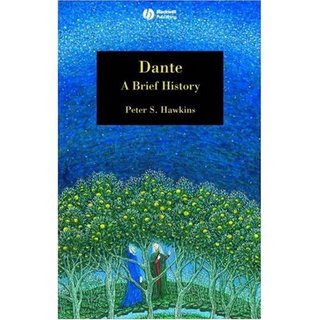
Below is from the OUP website:
- Examines Chaucer and his Italian sources with a strong emphasis on Italian manuscripts
- Seeks to understand Chaucer’s Italian sources as they were read by Chaucer himself, within a manuscript context that accommodates many layers of meaning on the page
- An appendix of the Mannelli glosses published in one place for the first time
When Chaucer came into contact with Italian literary culture in the second half of the fourteenth century he was engaging with a productive, lively and highly varied tradition. Chaucer and Italian Textuality provides a new perspective on Chaucer and Italy by highlighting the materiality of his sources, reconstructing his textual, codicological horizon of expectation. It provides new ways of thinking about Chaucer’s access to, and use of, these Italian sources, stimulating, in turn, new ways of reading his work. Manuscripts of the major works of Dante, Boccaccio, and Petrarch circulated in a variety of formats, and often the margins of their texts were loci for extensive commentary and glossing. These traditions of glossing and commentary represent one of the most striking features of fourteenth-century Italian literary culture. These authors were in turn deeply indebted to figures like Ovid and Statius, who were themselves heavily glossed and commented upon. The margins provided a space for a wide variety of responses to be inscribed on the page. This is eloquently demonstrated in the example of Francesco d’Amaretto Mannelli’s glosses in Decameron, copied by him in 1384. This material dimension of Chaucer's sources has not received sufficient attention; this book aims to address just such a material textuality. This attention to the materiality of Chaucer's sources is further explored and developed by reading the Prologue to the Wife of Bath’s Tale and the Clerk’s Tale through their early fourteenth-century manuscripts, taking account not just of the text but also of the numerous marginal glosses. Within this context, then, the question of Chaucer's authorship of some of these glosses is considered.
Table of Contents:
Acknowledgments
Introduction
1: Chaucer and Ovid: The Latin and Vernacular Heroides
2: Boccaccio as Glossator
3: Reading Boccaccio in the Fourteenth Century
4: Chaucer as Glossator?
Conclusion
Appendix One
Appendix Two
Bibliography
Readership: Students and scholars of medieval literature
K. P. Clarke, Sykes Research Fellow in Italian Studies, Pembroke College, CambridgeKenneth Clarke studied Italian and History of Art at Trinity College, Dublin and the Alma Mater Studiorum, at Bologna, and went on to do his doctorate in medieval English at University College, Oxford. He is the Sykes Research Fellow in Italian Studies at Pembroke College, Cambridge, where he currently teaches medieval Italian and English literature.









